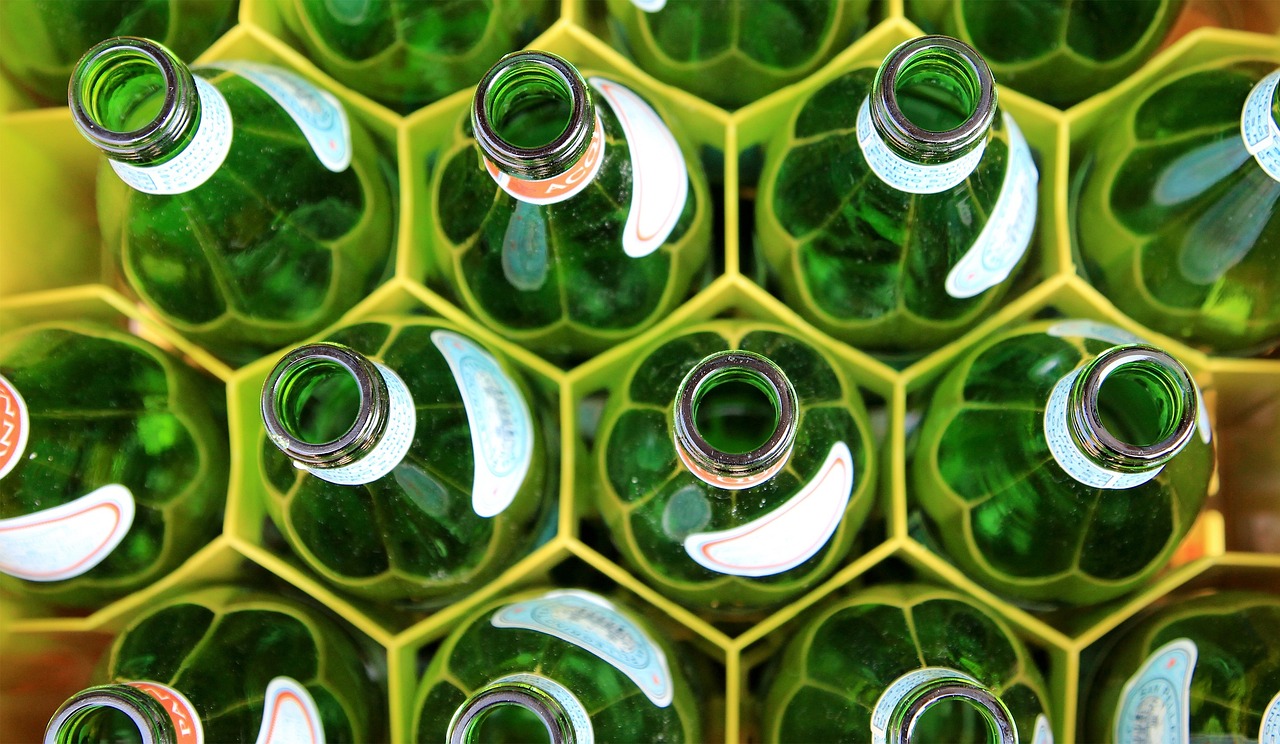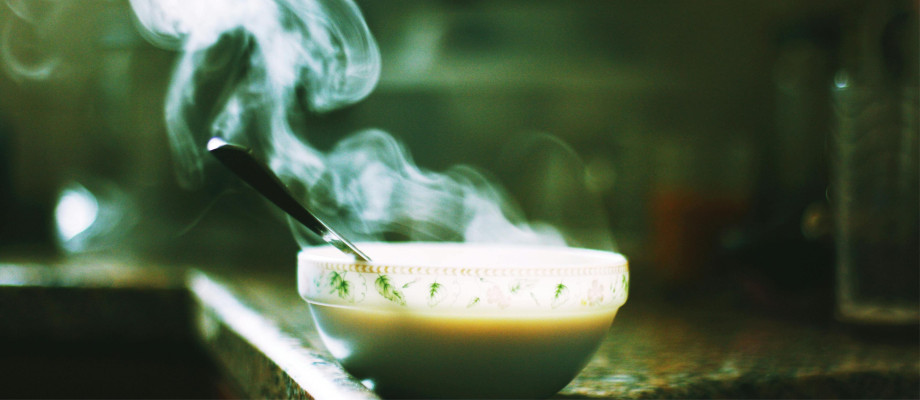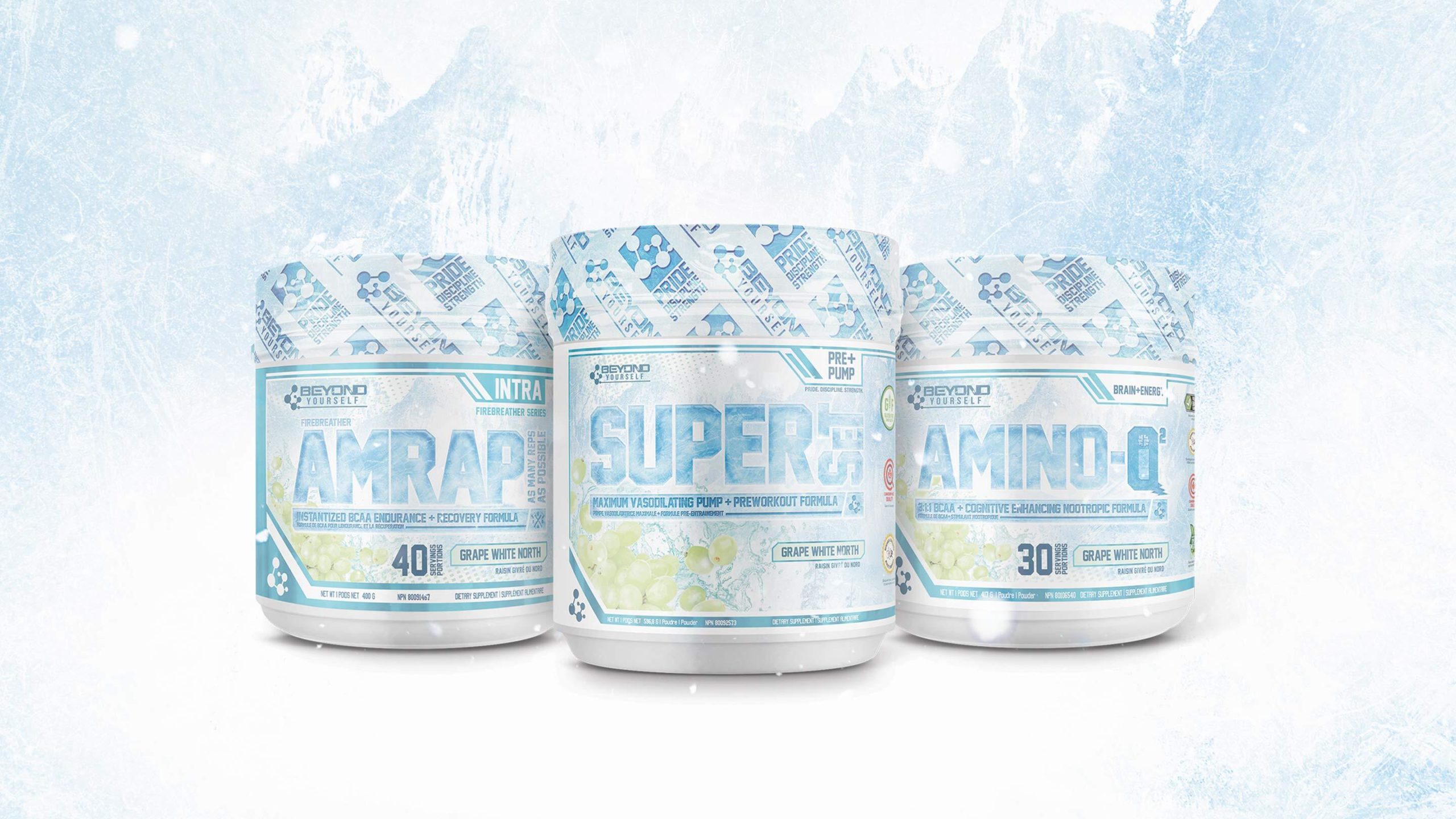Double-sided labels might be the perfect way to differentiate luxury products
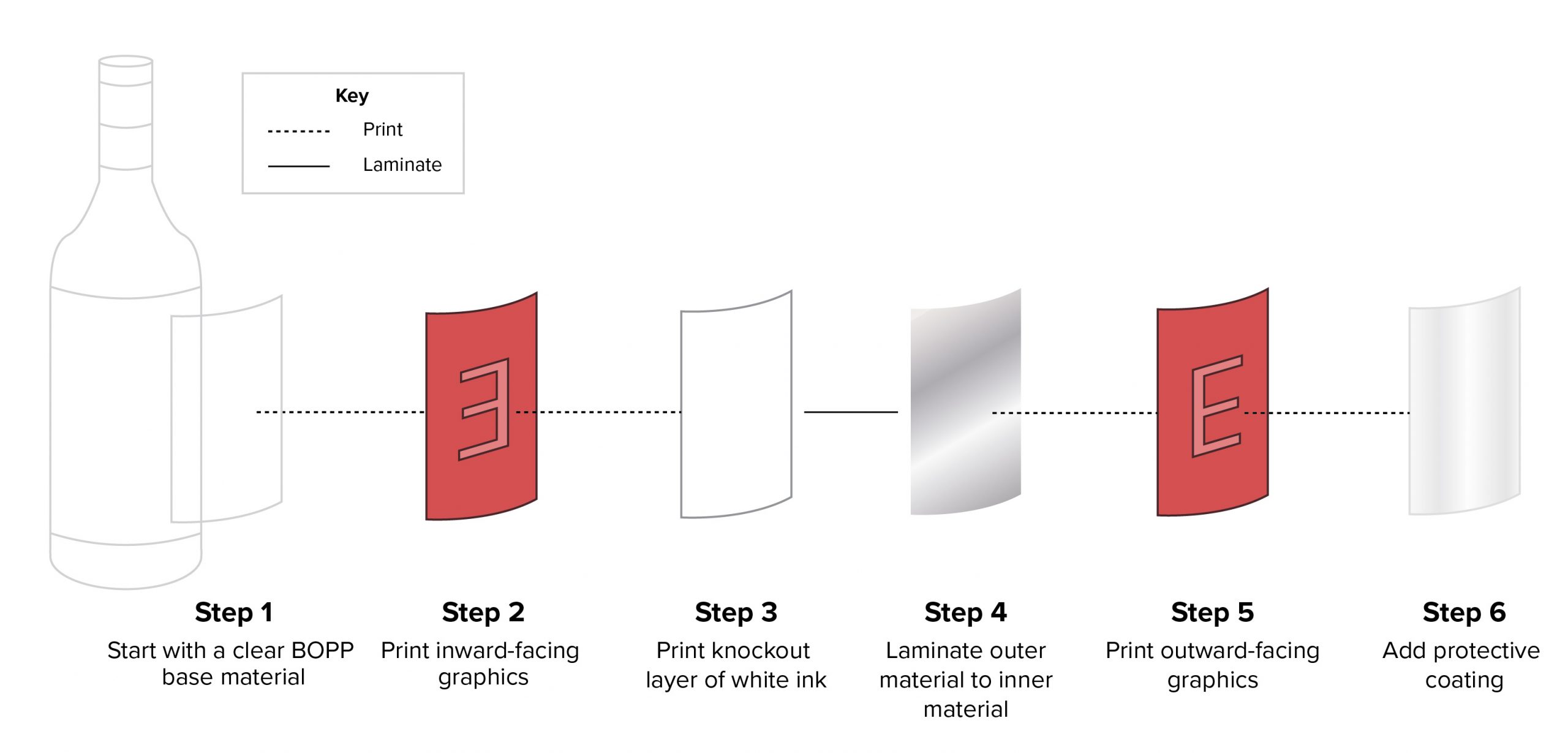
When designing their product packaging, brands need to weigh two competing imperatives:
- Keep packaging costs down to maximize profit
- Differentiate their product to increase sales
These goals are inherently at odds and, for lower-margin products, the former nearly always wins out. But for luxury products, great care needs to be put into prioritizing the latter.
That’s because quality alone isn’t enough to make a product “premium” in the mind of the consumer. 38% of consumers say premium products are “defined by superior design or style,” according to a Nielsen report. That’s closer than you might think to the percentage of consumers that said premium products are defined by higher quality (54%).
Simply making a wine (or any luxury product for that matter) that’s “better” isn’t necessarily enough to command a higher price point — your packaging has to look the part.
When a consumer spends more on a product, it’s an emotional decision, not a rational one. When consumers buy premium, it makes them feel confident and successful. They often spend more because they want to be perceived by those around them as having good taste.
Play into that with packaging that performs as well in a customer’s home environment as it does in retail. Create labels that tell a compelling story about the status of the person buying the product: Wine labels that draw admiring glances from friends at the dinner table, perfume labels that look at home among other high-end cosmetics on the vanity, and on and on.
And if you’re looking to make a statement with your label, custom label shapes, embossing, foil stamping and tactile varnishes are just the beginning.
The premium spirit, wine and personal care markets are saturated, teeming with thousands of new, premium options. To stand out, you have to do something very few brands are doing with their packaging.
Something like double-sided labels.
What are double-sided labels?
As the name implies, double-sided labels have graphics on both faces of the label construction. If applied as the back label on a glass bottle containing transparent or light-colored liquid, the inward-facing graphics give a backdrop to the front label.
Take the example below:
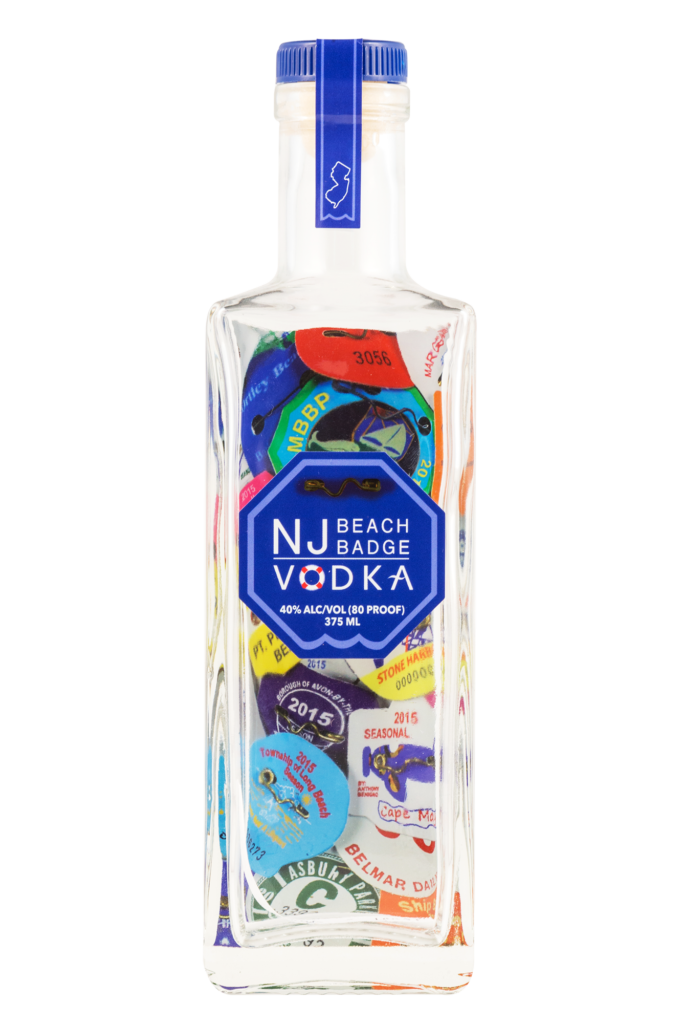
The back label on this vodka product is two-sided. The inside graphics are intentionally designed to create a forced perspective effect — drawing the consumer’s attention to the label in the front, containing the brand name.
This product stands out when placed on a shelf of similar vodka products with simple, full-face front labels.
This is but one example of how one brand leveraged this label construction to full effect. For more inspiration on how your brand could incorporate a two-sided label, look to brands like Slippery Slope Ice Wine and Mary Rose Gin — which we’ll detail after we explain how these labels are constructed.
How are two-sided labels constructed?
Double-sided printing, in general, isn’t new. You’ve seen labels with two sides before — think instant-redeemable coupons (IRCs), smooth peel labels and extended-content labels (ECLs).
But when we’re talking about the type of two-sided label construction that’s taking off in the high-end spirits industry, we’re talking about a very specific label construction.
These labels are actually comprised of two labels which are laminated together to form a two-ply construction:

Step 1
The base material (which is adhered to the bottle) is always clear biaxially oriented polypropylene (BOPP) film.
Step 2
The graphics that you’d like to show through the bottle are surface printed onto the clear BOPP. To make sure they display correctly when applied, they are printed in the wrong direction.
Step 3
Then a layer of opaque white ink is printed on top to make sure the graphics from the other side of the label won’t show through to the front, and vice versa.
Step 4
The base material is slightly larger than the outer material, which allows for registration marks and precise alignment between the two pieces of material during the lamination process. During assembly, the excess material of the base layer is trimmed away.
Step 5
After lamination, the shopper-facing graphics are surface printed on the outer material.
Step 6
Finally, a protective coating (either a laminate or varnish) is applied to the two-ply label construction. While laminates are most commonly used when the outer material is BOPP, varnishes will be used with felts and estate papers to maintain the textured feel of the material.
The design possibilities for double-sided labels are endless
If you have a high-end product that’s transparent and comes in a clear container, then a double-sided label might be the perfect way to differentiate it on the shelf.
And how you choose to incorporate the double-sided design is up to you. But here are a few ideas.
Accentuate your design with foil
Take a look at the Mary Rose Gin back label. They used a silver outer material. And instead of doing a full-coverage layer of white ink on top of the base material graphics, they opted for partial coverage, letting some the silver of the outer material show through, accentuating the compass design.
The viewfinder effect
Take another look at the Beach Badge Vodka label. The blurred graphics on the back label create a sense of depth, forcing the consumer to look at the front label. And that forced perspective looks different depending on how the consumer is holding the bottle, creating a viewfinder effect and encouraging the consumer to interact with the product.
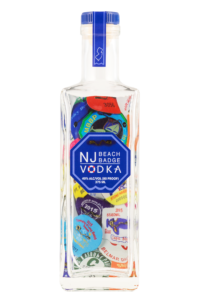
One label, 360 degrees of branding
The Slippery Slope Ice Wine bottle is a stunning example of the double-sided label at work. By wrapping the label around the bottle two full times in a helix pattern, the inward-facing graphics are visible from all 360 degrees. In doing so, they also eliminated the need for a back label — both sides of the double-sided label are visible from any angle.
How a label partner finds value for you
Getting the just-right label look is just the start. You also need a true partner who cuts costs, ensures supply stability and delivers stellar service order after order. See the National Reach, Local Touch difference for yourself.
Let’s talk about your packaging vision
Resource Label Group is a full-service label converter capable of taking even the most complex label designs from concept to reality. And with dozens of press sites throughout North America, we can deliver on the largest orders with competitive lead times. Reach out to us today to discuss your vision.
Find the best solution that makes the most sense for your brand.
Tags:
